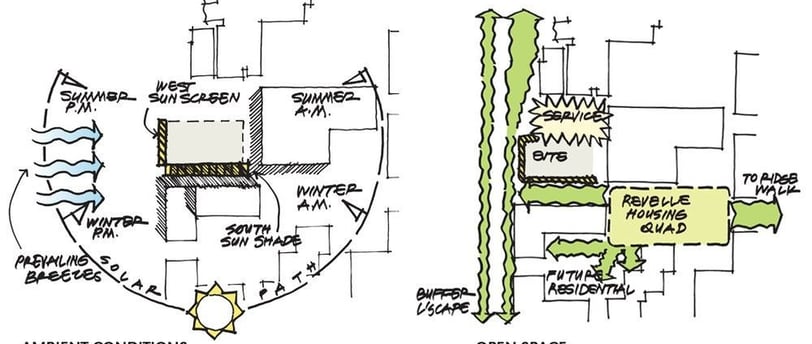Key Elements in Architectural Design: A Comprehensive Guide
ARCHITECTURE
Hakan Kemal
7/12/20242 min read


Introduction
Architecture is the art and science of designing buildings and structures. It is a multidisciplinary field that encompasses various elements, each playing a critical role in creating functional, aesthetically pleasing, and sustainable environments. This article explores the key elements in architectural design, providing a detailed explanation of their importance and how they contribute to the overall success of a building.
1. Functionality
Functionality is the cornerstone of architectural design. A building must serve its intended purpose efficiently and effectively. Whether it's a residential home, office building, school, or hospital, the design must cater to the needs of its occupants. This includes thoughtful space planning, easy navigation, and appropriate allocation of areas for different activities.
2. Sustainability
Sustainability is increasingly becoming a critical element in architecture. Sustainable design aims to minimize the environmental impact of buildings through energy efficiency, use of renewable resources, and reducing waste. Incorporating elements such as solar panels, green roofs, and sustainable materials not only helps the environment but also reduces operational costs in the long run.
3. Aesthetics
Aesthetics play a significant role in the appeal of a building. While subjective, good design should create a sense of beauty and harmony, enhancing the surrounding environment. Architectural styles vary widely, from classical to modern, but each should reflect creativity, proportion, and a balance of form and function.
4. Structural Integrity
Structural integrity is fundamental to ensure the safety and durability of a building. This involves careful engineering to ensure that the building can withstand various forces such as gravity, wind, and earthquakes. Materials selection and construction techniques are crucial in achieving a robust and resilient structure.
5. Context and Site
Understanding the context and site is essential in architectural design. The building must harmonize with its surroundings, considering factors such as climate, topography, and cultural context. This includes analyzing the site’s orientation, natural light, views, and existing vegetation to maximize the building's potential and minimize negative impacts on the environment.
6. Innovation
Innovation in architecture drives progress and adaptation to new challenges. This can include the adoption of new technologies, materials, and construction methods. Innovative design solutions can enhance functionality, sustainability, and user experience, keeping architecture relevant in a rapidly changing world.
7. Human Experience
Human experience is at the heart of architectural design. Buildings should provide comfort, safety, and a positive sensory experience. This includes considerations for natural light, ventilation, acoustics, and ergonomic design. Creating spaces that enhance well-being and productivity is essential for the occupants' satisfaction and health.
Conclusion
In conclusion, architectural design is a complex and multifaceted discipline that requires a balanced approach to various elements. Functionality, sustainability, aesthetics, structural integrity, context, innovation, and human experience are all critical factors that architects must consider. By integrating these elements thoughtfully, architects can create buildings that are not only visually appealing but also functional, sustainable, and enriching for their users.
